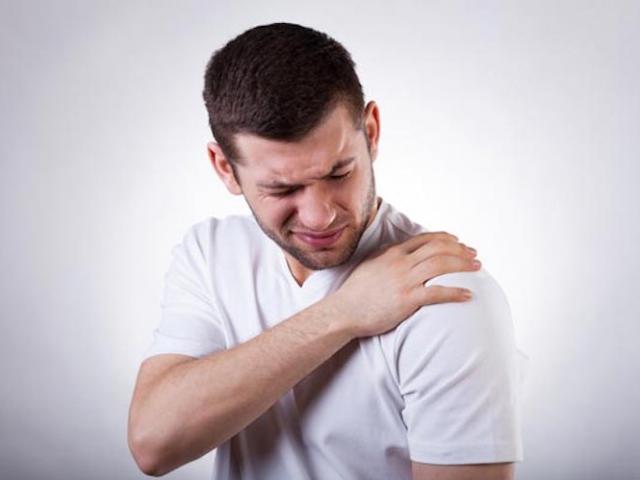Shoulder Pain in Athletes

Shoulder pain is a common issue that plagues athletes of all levels, from weekend warriors to elite professionals. The shoulder joint is incredibly mobile and flexible, making it prone to injury and pain. In this article, we will explore the various causes of shoulder pain in athletes and provide insights into how to prevent and manage this discomfort effectively.
Understanding the Shoulder Joint
The shoulder is a ball-and-socket joint that allows a wide range of motion, which is essential for many sports, including swimming, tennis, baseball, and weightlifting. This mobility, however, comes at the cost of stability, making the shoulder vulnerable to injuries.
Common Causes of Shoulder Pain in Athletes
1. Overuse Injuries
Overuse injuries are the most prevalent causes of shoulder pain among athletes. These injuries occur when the shoulder joint is subjected to repetitive stress without sufficient time for recovery. Common overuse injuries include:
- Rotator Cuff Tendonitis: Inflammation of the tendons that attach the muscles to the shoulder joint.
- Bursitis: Inflammation of the bursa sac, a fluid-filled sac that cushions the shoulder joint.
- Frozen Shoulder: A condition characterized by stiffness and limited range of motion.
To prevent overuse injuries, athletes should incorporate proper warm-up and cool-down routines, cross-train to avoid excessive stress on one set of muscles, and gradually increase the intensity and duration of their workouts.
2. Traumatic Injuries
Athletes are also at risk of acute shoulder injuries due to trauma. These injuries can result from collisions, falls, or awkward landings. Common traumatic injuries include:
- Shoulder Dislocation: When the upper arm bone pops out of the shoulder socket.
- Fractures: Broken bones in the shoulder area.
- Labral Tears: Tears in the ring of cartilage that surrounds the shoulder socket.
Preventing traumatic injuries often involves proper technique and the use of protective gear, such as shoulder pads or braces, depending on the sport.
3. Muscle Imbalances
Muscle imbalances can develop when certain muscle groups are overdeveloped while others are neglected. These imbalances can pull the shoulder joint out of alignment, leading to pain and discomfort. Athletes should focus on balanced strength training and flexibility exercises to avoid muscle imbalances.
4. Poor Posture
Athletes who maintain poor posture both during their sport and in everyday life can place excessive strain on their shoulder joints. Correcting posture and maintaining an ergonomically sound position while sitting, standing, and performing sports activities can reduce the risk of shoulder pain.
Preventing Shoulder Pain
1. Strength and Conditioning
A comprehensive strength and conditioning program can significantly reduce the risk of shoulder pain. Athletes should focus on exercises that target the muscles surrounding the shoulder joint, such as the rotator cuff, deltoids, and trapezius. Incorporating exercises that enhance posture and core stability is also crucial.
2. Proper Technique
Athletes should receive proper training in their chosen sport to ensure that they use correct techniques and movement patterns. Coaches can play a vital role in teaching athletes how to move efficiently and reduce the risk of injury.
3. Rest and Recovery
Adequate rest and recovery are essential for preventing overuse injuries. Athletes should schedule rest days and prioritize sleep, as this is when the body repairs and rebuilds damaged tissues.
4. Regular Stretching and Mobility Work
Maintaining good flexibility and mobility in the shoulder joint is vital. Athletes should include regular stretching and mobility exercises in their training routines to prevent muscle imbalances and stiffness.

When to Seek Medical Attention
If an athlete experiences persistent or severe shoulder pain, it is crucial to seek medical attention. A healthcare provider can diagnose the underlying cause and recommend appropriate treatment options, which may include physical therapy, medications, or, in severe cases, surgery. Please check out this url to get more important information about shoulder pain.
In conclusion, shoulder pain is a common ailment among athletes, but it can often be prevented with proper care and attention to technique, strength, and recovery. By understanding the causes and taking proactive steps to prevent injury, athletes can enjoy their sports with less risk of shoulder pain. Remember that the road to recovery and prevention starts with knowledge and a commitment to maintaining the health of your shoulders.

